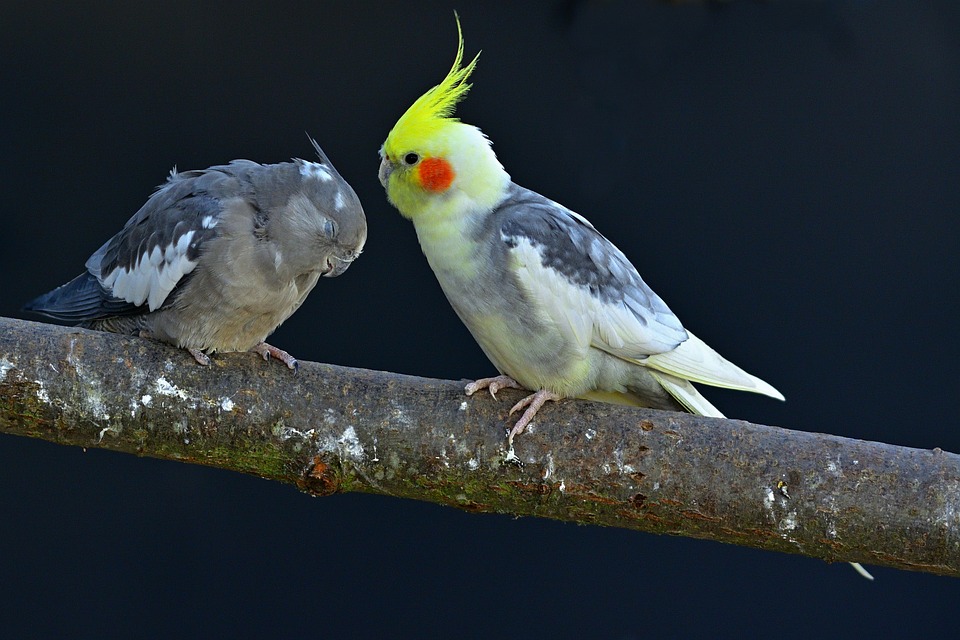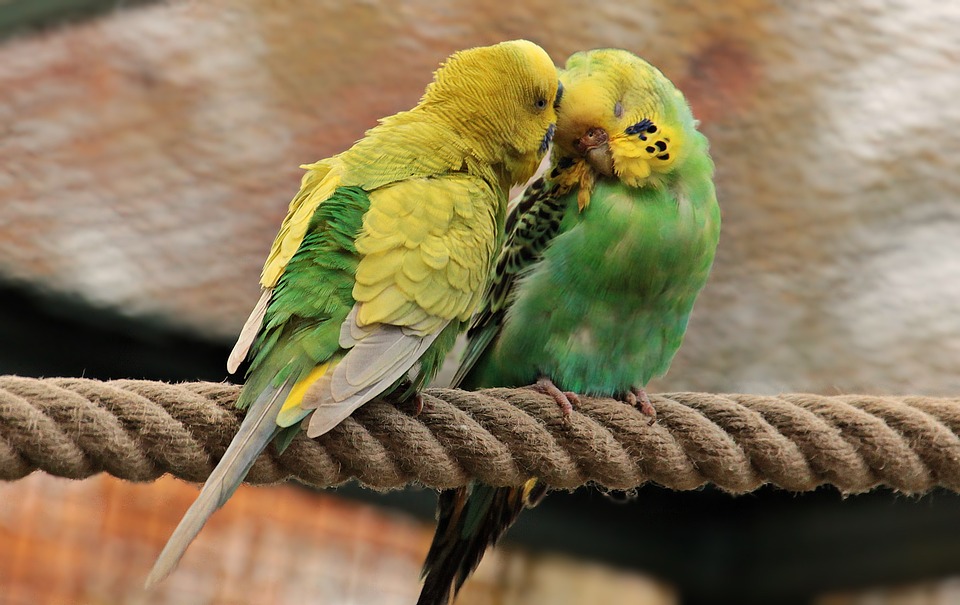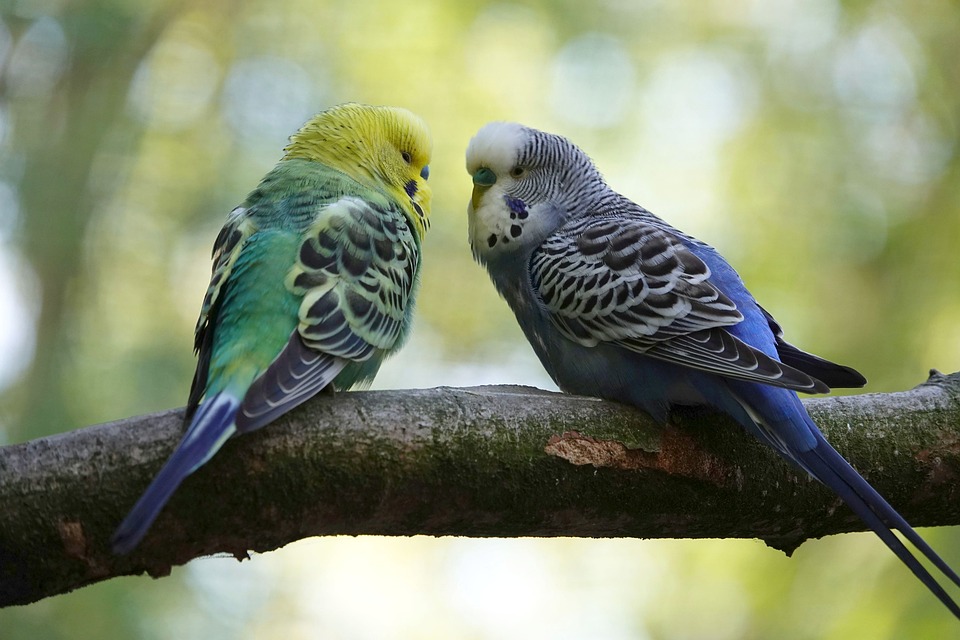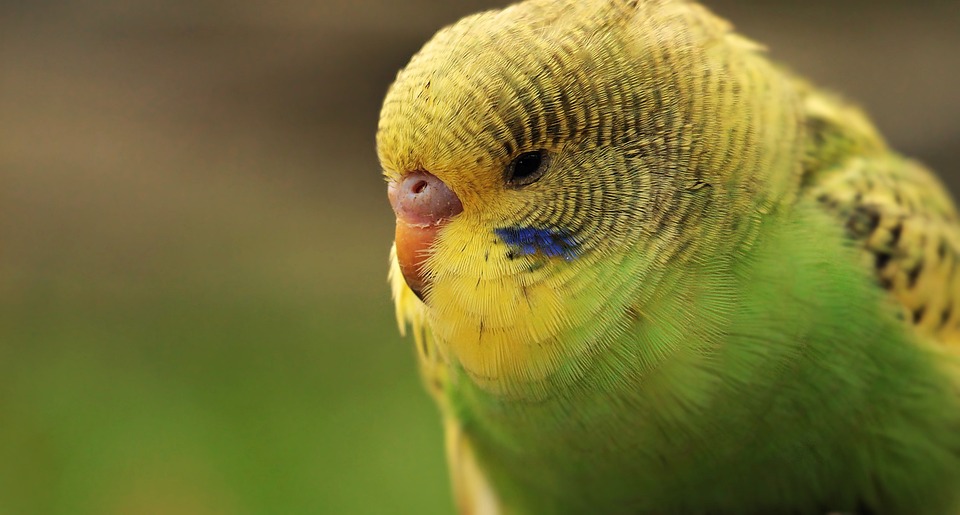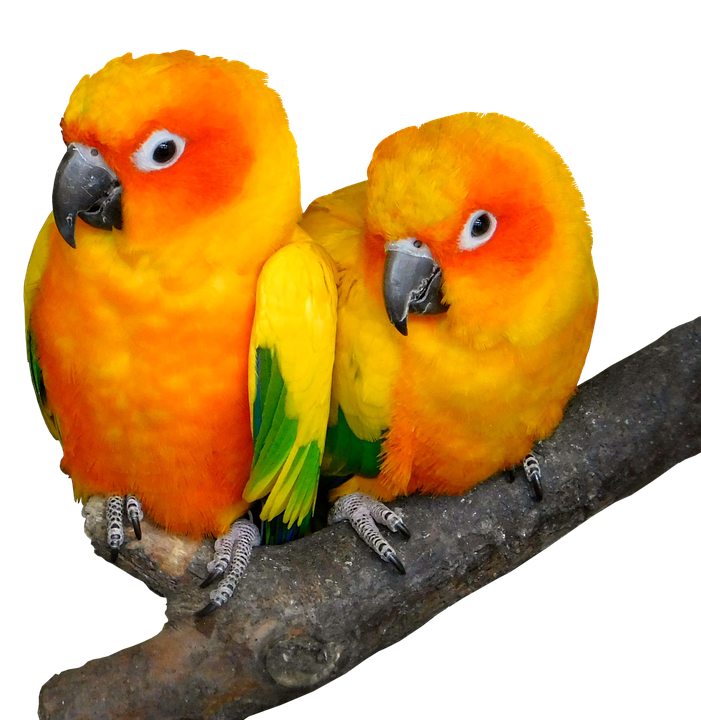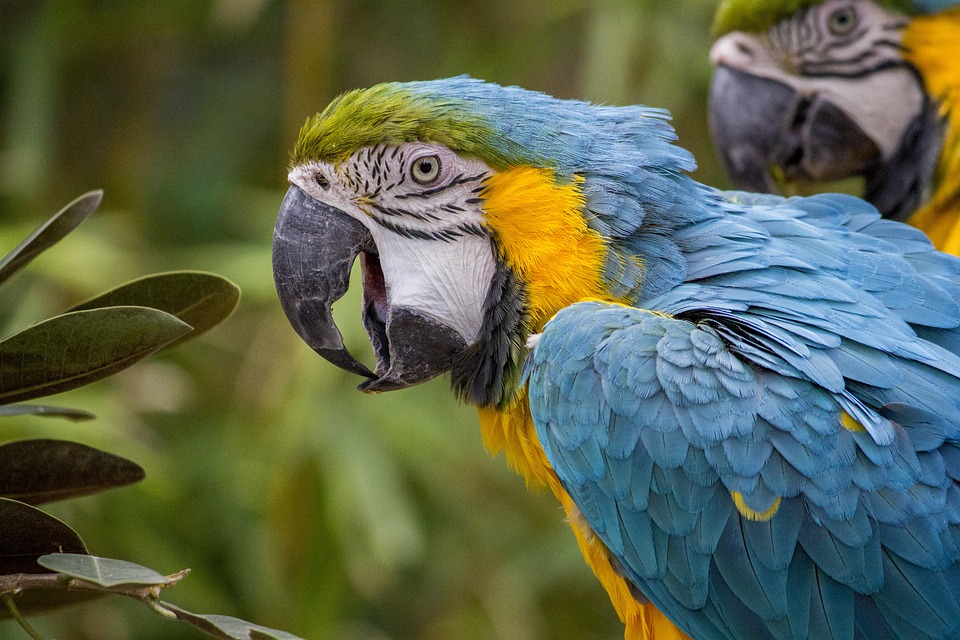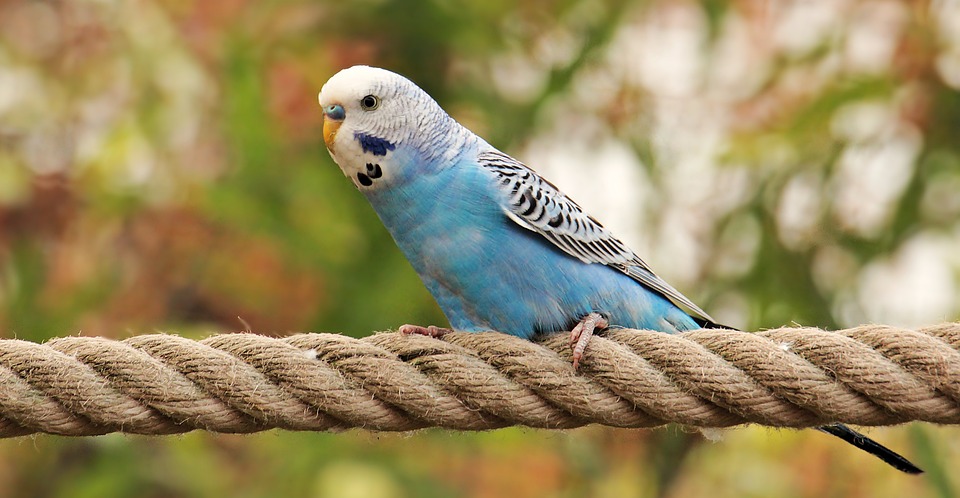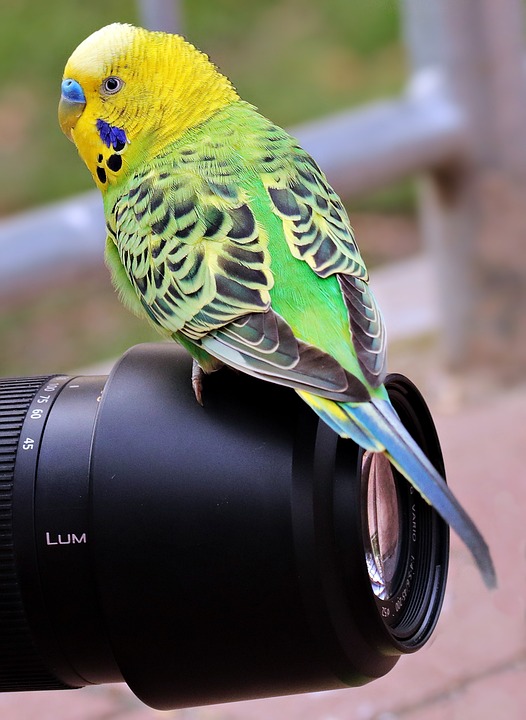Parrots are highly intelligent and social creatures that thrive on mental stimulation and social interaction. Playfulness is a crucial aspect of their behavior, and understanding the signs of playfulness can help you engage with your parrot in a meaningful way. In this article, we will explore various indicators of playfulness in parrots and provide tips on initiating interactive games to keep them entertained and happy. Additionally, we have included a FAQs section to address common queries related to parrot behavior and play.
Recognizing Signs of Playfulness in Parrots
Parrots exhibit several behaviors that indicate their playful nature. By observing and understanding these signs, you can tailor your interactions with them accordingly. Here are some key indicators of playfulness in parrots:
1. Fluffing and Bowing: When a parrot is feeling playful, it may fluff up its feathers and bow its head. This behavior is often accompanied by chirping or soft vocalizations.
2. Wings Spread Out: Another sign of playfulness is a parrot spreading out its wings while bobbing its head up and down. This behavior mimics the courtship display and is a way for parrots to engage in playful behavior with their human companions.
3. Tail Wagging: Parrots may wag their tails from side to side or up and down when they are in a playful mood. This movement is often accompanied by excited vocalizations or even dancing.
4. Head Bobbing: Parrots might bob their heads rhythmically as a way to express their excitement and playfulness. This behavior is particularly common when they are interacting with toys or their human companions.
5. Playing with Objects: Parrots love to explore and manipulate objects, and playfulness often involves engaging with toys or other items in their environment. They may toss or manipulate objects, mimic certain behaviors, or even perform acrobatic feats.
Initiating Interactive Games with Your Parrot
Engaging in interactive games with your parrot is not only fun but also an excellent way to strengthen your bond and provide mental stimulation for your feathered friend. Here are some ideas to get you started:
1. Peek-a-Boo: Parrots enjoy games that involve hiding and seeking. Play peek-a-boo with your parrot by partially hiding behind furniture or using a towel. This game stimulates their curiosity and brings out their playful nature.
2. Puzzle Toys: Invest in puzzle toys that require your parrot to solve a problem or manipulate objects to access treats. These toys challenge their cognitive abilities and keep them entertained for extended periods.
3. Teaching Tricks: Parrots are highly trainable, and teaching them tricks is an excellent way to engage them mentally and physically. Start with simple tricks like “wave,” “spin,” or “target training.” Use positive reinforcement techniques such as treats and praise to motivate your parrot.
4. Imitation Games: Parrots are natural mimics and enjoy imitating their human companions. Engage in imitation games by clapping, dancing, or making funny sounds. Your parrot may join in and create a playful interaction.
5. Obstacle Courses: Create an obstacle course using toys, perches, and tunnels for your parrot to navigate through. This game not only provides physical exercise but also challenges their problem-solving skills.
FAQs about Parrot Behavior and Play
Q: Why is playfulness important for parrots?
A: Playfulness helps stimulate a parrot’s mind, prevent boredom, and provide an outlet for their natural behaviors. It also supports their overall well-being and strengthens the bond between parrots and their human companions.
Q: Can all parrot species engage in interactive play?
A: Yes, most parrot species can engage in interactive play. However, the level and type of play can vary among species. It’s important to learn about the specific needs and preferences of your parrot’s species to provide appropriate interactive games.
Q: How often should I engage in interactive play with my parrot?
A: Parrots thrive on social interaction, so daily interactive play sessions are highly recommended. However, the duration and frequency may vary depending on your parrot’s individual needs and preferences.
Q: Are there any signs that indicate a parrot is not interested in play?
A: Yes, parrots may display signs of disinterest, such as staying perched quietly, avoiding eye contact, or moving away from toys or objects. It’s essential to respect their boundaries and provide alternative forms of engagement.
Q: Can I use treats as rewards during interactive play?
A: Yes, treats can be used as positive reinforcement during interactive play sessions. However, it’s crucial to choose healthy treats suitable for parrots and offer them in moderation.
Understanding the signs of playfulness in parrots and engaging them in interactive games enriches their lives and strengthens your bond. By providing mental stimulation, physical exercise, and social interaction, you can ensure your parrot leads a happy and fulfilling life.

